HOME > Basketball
Curry is the first shooter in history, but Ray Allen is the most standard and most beautiful pose.
8:07pm, 21 July 2025【Basketball】
On July 21, in the sport of basketball, three-pointers have become an important means to change the game pattern. When it comes to three-point shooters, Stephen Curry is undoubtedly the greatest existence in history. With his amazing shooting range, fast shots and super high hit rate, he completely changed the tactical system of modern basketball. However, when we focus on purely shooting pose aesthetics, Ray Allen's textbook-like standard shooting moves are the most elegant example of basketball history.
Curry's three-point revolution is undoubtedly. He broke the shackles of traditional shooters who need to be fully stable in order to shoot, and was able to make shots at any angle or body posture. This unique shooting method originates from his deliberately trained "pushing" technology since he was a child - by shortening the power chain, he transformed the traditional "jumping" into a faster "pushing". Data shows that Curry's average shot time takes only about 0.3 seconds, nearly twice as fast as the league average. This unconventional shooting mechanism, combined with his amazing spatial perception ability, has created the most difficult shooter to defend in NBA history. However, it must be admitted that from the perspective of pure action structure, Curry's elbow abduction when shooting is large, and the follow-up movements are not complete enough, which is significantly different from the standards of traditional shooting teaching. In contrast, Ray Allen's shooting posture is a living demonstration of basketball textbooks. Every technical detail of him perfectly interprets the "BEEF" principle (Balance balance, Eyes gaze, Elbow elbow, Follow-through follow-through): a perfect balance between the feet shoulder-width and the shooting elbow is strictly aligned with the "L" angle formed by the basket, precise control of the index finger and middle finger finally leaving the ball when pressing down on the wrist, and maintaining the "swan neck"-like follow-through after the action. This mechanical and precise shooting mechanism allowed him to shoot 40% of his three-pointers in his career and hit the record-breaking three-pointer in the 2013 Finals G6. At that time, the Heat assistant coach revealed that they found through high-speed camera analysis that Ray Allen's shooting movements had no more than 2% error under different pressure environments, which was unique in NBA history.
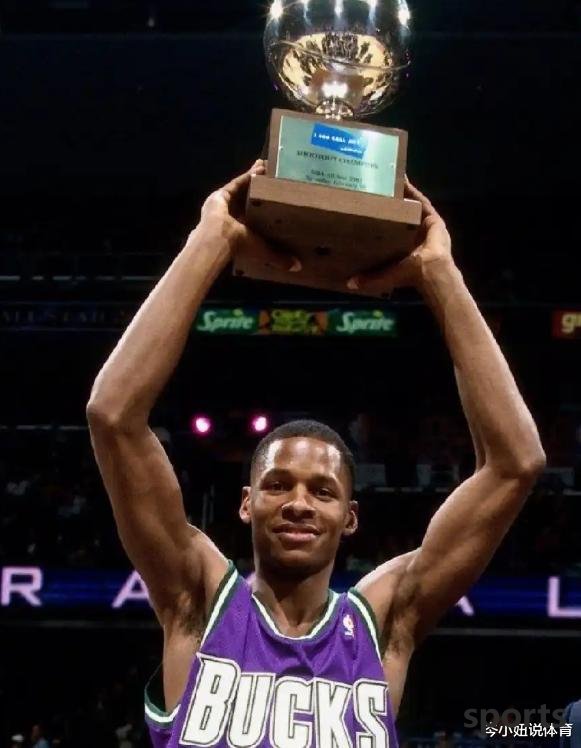
From a biomechanical perspective, the reason why Ray Allen's shooting posture is regarded as the gold standard is that it perfectly follows the principle of the human body's movement chain. His lower limbs start with the soles of his feet, and the strength is transmitted in an orderly manner through the knees, hips, and core muscles, and finally transforms into shooting strength through the coordinated movement of the shoulder-elbow-wrist joints. This power delivery mode is not only the most efficient, but also minimizes the risk of joint damage. In order to pursue the speed of shooting, Curry sacrificed the integrity of some power chains, and his shooting relies more on upper limb strength and extraordinary feel. The two technical routes have their own advantages and disadvantages: the Ray Allen style is suitable for systematic teaching, while the Curry style requires innate talent as support.
In the field of shooting aesthetics, Ray Allen's actions are more in line with the public aesthetics. His 1.96-meter standard shooting guard figure, combined with his textbook-like shooting posture, the images formed in the air are like carefully designed sculptures. The famous NBA trainer Holger once decomposed Ray Allen's shot into 24 keyframes, each showing amazing geometric symmetry. This sense of visual harmony makes his shooting a sample of countless basketball teaching videos. On the other hand, although Curry's shooting is full of creativity and artistic quality, his slightly "non-mainstream" technical movements are difficult to imitate by ordinary enthusiasts - this is why in basketball training camps at all levels, coaches still choose Ray Allen's shooting as a teaching template.
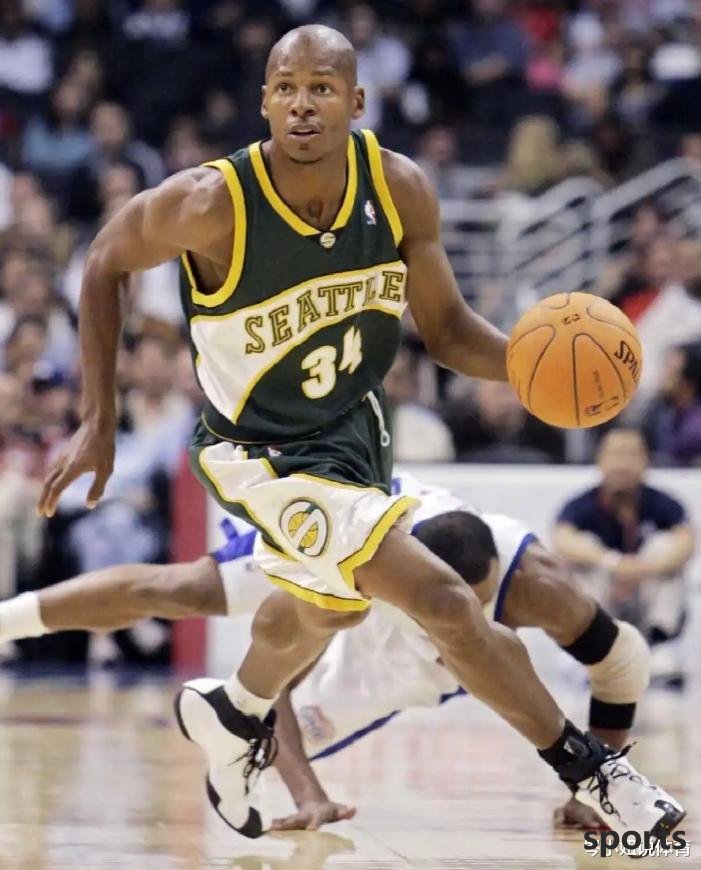
It is worth noting that the differences between the two shooting styles reflect the evolution of basketball technology. Ray Allen represents the ultimate of traditional shooters: through rigorous mechanical repetition, high-quality output is completed at fixed points. His training is known for his "trials" and it is said that he has to hit 500 three-pointers every day before he can finish the training. Curry has created a new era of "dynamic projection", deeply integrating three-point ability with ball-holding breakthrough and no-ball running, redefining the value of a shooter on the court. This evolution is also reflected in the data: Ray Allen era has only a handful of players who averaged more than 5 three-pointers per game, and now this number has become the standard for defenders.
For basketball enthusiasts, understanding these two shooting philosophy is of great significance. Beginners should start with Ray Allen’s standard movements and establish the correct muscle memory and force mode. When the foundation is solid, adjust it appropriately according to its own characteristics, just like Curry developing a personal style while maintaining the core mechanism. Interestingly, modern sports science has confirmed that the most effective shooting posture is not completely unified, but rather that it is necessary to find the "sweet spots" that are most suitable for individual anatomy on the basis of maintaining key biomechanical principles. This also explains why the top NBA shooters have their own unique movements, but they can maintain extremely high hit rate.
Looking back at the history of basketball development, Ray Allen's shooting is like a perfect sculpture of classicism, and every angle can stand scrutiny; Curry's shooting is like an abstract expressionist painting, breaking the convention but creating a new world. This difference just shows the diverse charm of basketball - it requires both rigorous basic skills and encourages the creative use of geniuses. Perhaps just as Jordan's back jump shot coexisted independently with Nowitz Fund Chicken, the evolution of basketball technology will always spiral up in inheritance and innovation. As audiences, we are so fortunate to witness the great shooters of different eras interpreting the infinite possibilities of this sport in their own ways.
Related Posts
- Tyron Lu talks about superstar breakup: If Irving has not left the team, I think James will stay with the Cavaliers
- American News: The Lakers are expected to maintain their current lineup and enter training camp. They look forward to Vincent & Kleber s performance
- Stockton: NBA s current style is weak; they are all jumpers, players love load management; their salary is still high
- The Rockets have signed 4 players in a row, the Clippers finally take action, and the Warriors target appears
- Morant bid farewell to Bain: 5 years of brotherhood breaking, muscle shooter shoots magic to change the Eastern Conference pattern
- More than the third brother! Homgren becomes the X factor?
- Funny, Brunson was named the 2025 NBA Playoffs Best Offensive Player and Worst Defensive Player
- Why can t the Los Angeles Clippers win the NBA championship?
- Amen s "fake PG" effect is outstanding: 19+7+6 in three quarters, relaxed and enjoyable. Fan Jordan s reimbursement is good for him
- Very suddenly! Retired?! Simmons doesn t want to fight anymore?
Hot Posts
- Tyron Lu talks about superstar breakup: If Irving has not left the team, I think James will stay with the Cavaliers
- American News: The Lakers are expected to maintain their current lineup and enter training camp. They look forward to Vincent & Kleber s performance
- Stockton: NBA s current style is weak; they are all jumpers, players love load management; their salary is still high
- The Rockets have signed 4 players in a row, the Clippers finally take action, and the Warriors target appears
Recommend
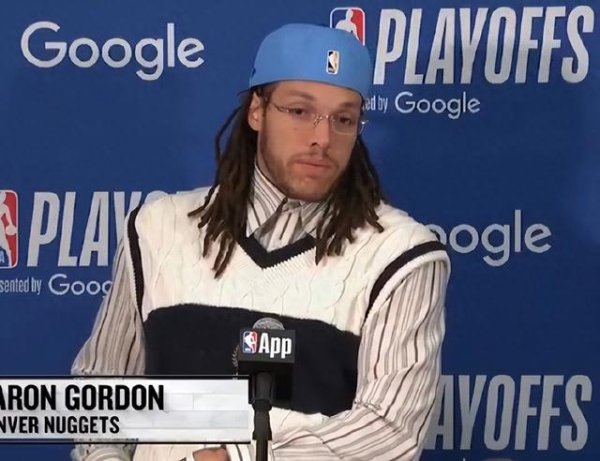
A tough guy is a real man! Gorden talks about a second-degree strain on his left hamstring

Thunder MVP star Shea Kyrgyz-Alexander: The secret behind the $380 million contract!

Uduka talks about team recruitment and directed to Durant? Praises White Demon Amen, Stone: No one is selling products

The Pacers advanced to the Eastern Conference Finals, and the Nuggets lost.
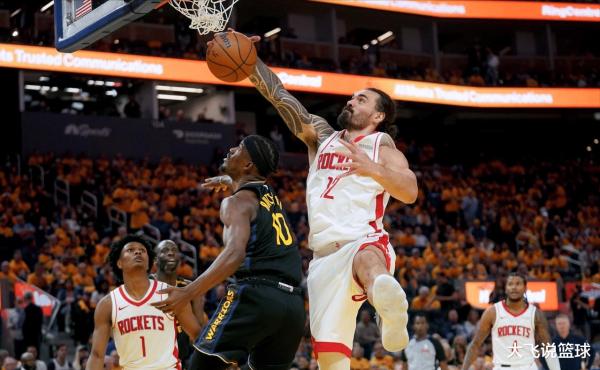
39 million contract renewal in 3 years, never entered the free agent market, leaving him alone is the first step for the Rockets

New season role? Brownie: I just need to seize any opportunity to play and survive

Young Antetokounmpo? Rockets 16th show scored 20+5+5 in a row, Uduka made an indelible contribution
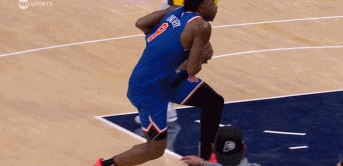
Pacers 5 against 8! The referee tried his best, Knicks CBA!